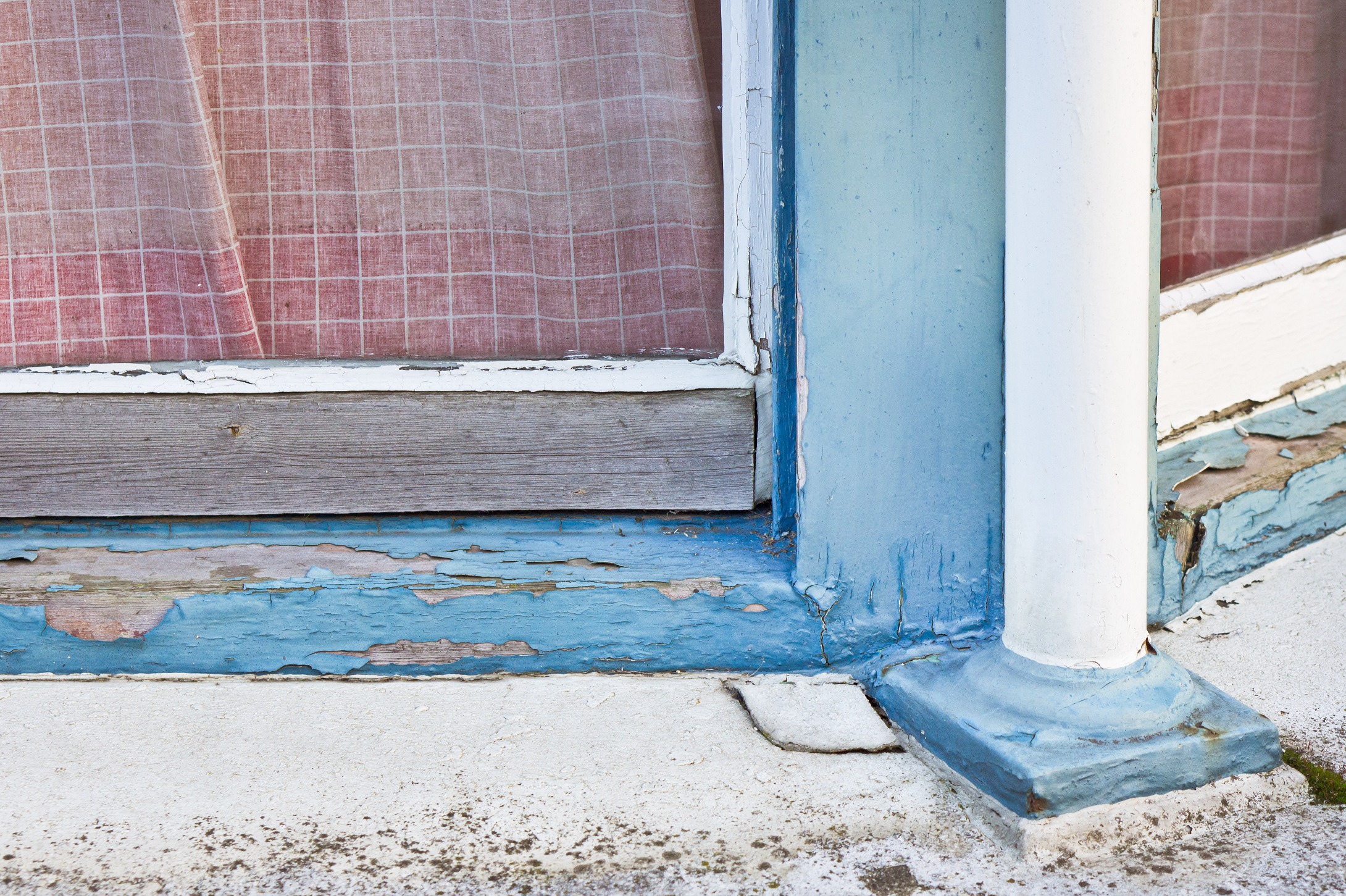Blog
What Are The Long-Term Effects of Dry Rot?

Dry rot is one of the most serious forms of damp that can be found in a building. If left untreated, it can cause potentially irreversible damage to the building. As specialists in treating dry rot in London, we strongly advise regularly inspecting your property for signs of any infestation.
Often, the presence of dry rot does not come to light until the damage has already been done due to the areas in which the issue is likely to be. Dry rot is commonly found in humid, secluded areas with little in the way of ventilation. If you suspect that you have dry rot, check out the early signs below.
What Happens if Dry Rot Is Left Untreated?
Dry rot, which is caused by the fungus Serpula lacryans, will do untold damage to your property if you don’t tackle it quickly. Not only will it spread quickly and virulently into other timbers within the infrastructure of your property, but it will also attack porous masonry, absorbing itself into the stone and attacking its structural integrity. Dry rot treatment is essential.
How Quickly Does Dry Rot Spread?
It doesn’t take long for dry rot to make its presence felt in a property. If you imagine that fruiting bodies of less than a metre in size can produce over 500 million spores per minute for days on end, then you can easily picture its ability to penetrate every corner and crevice. In the right conditions, it will take about 10 days for the spores to germinate.
What Are the Early Signs of Dry Rot?
If you know what you are looking for, the early signs of dry rot are actually quite easy to spot.
The smell is often one of the first things you would notice - dry rot gives off a musty, wet odour that is very distinctive. As soon as you notice the smell, you will probably start to notice the more physical effects. These include:
- Damaged or decaying timber that is brittle or crumbles when handled.
- Orangey-brown patches of dust (this dust is the spores that spread quickly).
- Fruiting bodies that resemble large mushrooms.
Are Dry Rot Spores Dangerous to Health?
Dry rot in itself is not considered a health hazard. The spores do not produce any toxic chemicals or compounds. Unless someone living on the property already suffers from a severe respiratory condition, then the dry rot on its own will not cause harm. However, the presence of dry rot itself indicates a high level of damp and condensation within the building, which is harmful, particularly to the elderly or the very young.
Can Dry Rot Spread from House to House?
Yes, dry rot can spread from house to house. Unlike wet rot, the fruiting bodies of dry rot can spread throughout the building on surfaces with a high density of moisture. This means that while the cause of the problem could be in one area of the home, if left untreated, dry rot can penetrate any room leaving your entire home at risk. In some interjoining properties, such as terraced houses that share roof spaces and structural timbers, the dry rot does not recognise any boundaries.
Is Dry Rot Covered by Insurance?
Typically, dry rot is not covered by house insurance. If an incident occurs in the property that leads to the development of dry rot (for example, a burst water pipe), the insurance may cover the incident and immediate damage but not the dry rot repair work.
With an insurance policy, it is important to read the document carefully to understand exactly what is and is not covered, but in general terms, most insurance companies do not include dry rot damage within those circumstances covered by the insurance policy.
Damp can go undetected in a home for years due to a lack of inspection or proper survey on the property. As a homeowner, it is your responsibility to ensure that all checks are carried out as you could potentially be left with expensive repair works, which, in London, are likely to come at a premium.
What Is the Cost of Repairing Dry Rot on a House?
The cost of dry rot repair depends entirely on the extent of the damage. The earlier you catch it, the less it will cost to fix. However, make sure you use a company that has demonstrable experience in dry rot, as assessment of the damage may unearth the fact that it has spread wider and further than you might have originally thought.
Dry rot repair includes both the removal of the dry rot itself and any residual repairs to the property; you can probably expect a bill of around £3000 to £4000, but it could be higher.
Treating Dry Rot in London
As London-based dry rot and damp proofing specialists, we have treated numerous cases in the city and surrounding areas. From preventing the manifestation of dry rot to treating widespread infestation, at Garratt’s, we offer a thorough and professional service.
For more information about any of our damp proofing services, please call the team today on 0208 535 7536 or contact us online to request a survey.
Archived Articles
Recent
-
18 Mar 2024
How to Get Rid of Damp in Bedrooms
While it may seem more logical that kitchens and bathrooms are more prone to damp, it may be surprising for…
-
13 Nov 2023
Benefits of Tanking Your Basement
While basements have been a staple of home construction in multiple countries, they are still a relatively new concept in…
-
13 Nov 2023
Taking Action on Fixing Damp
Damp is a widespread problem in properties across the UK; however, this doesn’t stop the fact that it’s a serious…







